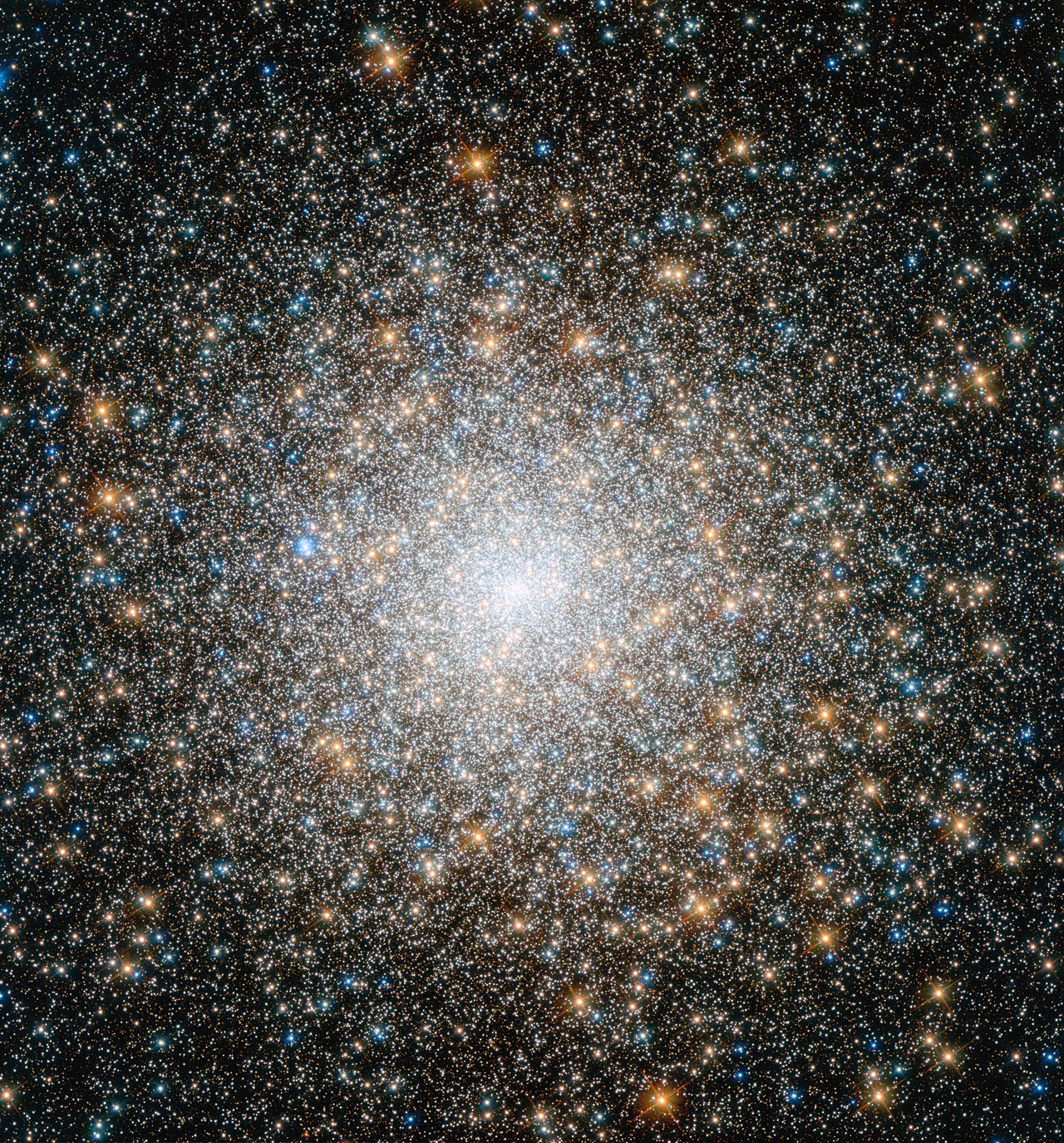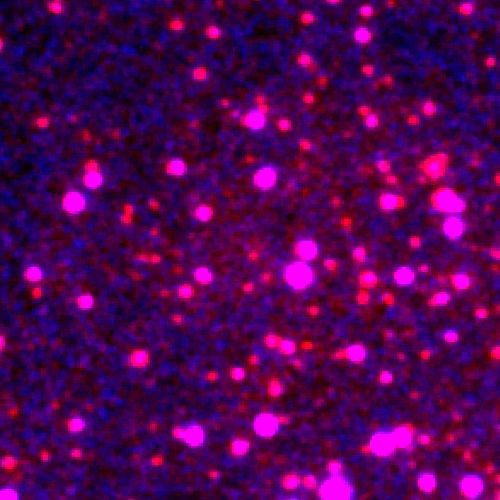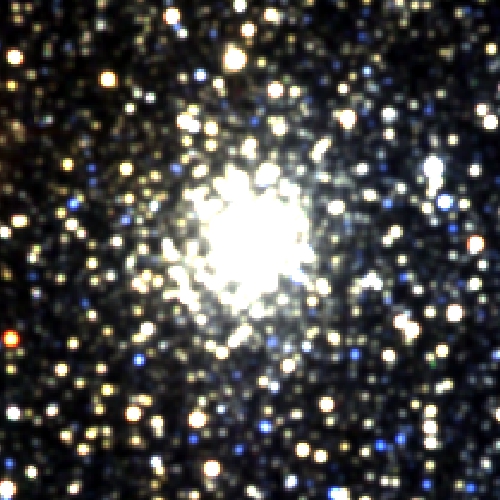---HAPPY STAR WARS DAY: MAY THE FORCE BE WITH YOU ALWAYS---
A long time ago in a galaxy far, far away... but actually no, we will be talking about our own galaxy now. The massive Globular Clusters present in our own galaxy or other (ofcourse there are) are actually pretty interesting objects. The fact that there are so many stars tightly bound to each other by gravity and still existing peacefully ;) makes it even more intriguing to study. The number of stars could vary from 10k to a million stars. Figure below is a very famous globular cluster from Messier Catalog (M15). The age of this globular cluster is almost 12 billion years!! and it spans around 88 light years! The very old age of globular cluster also indicates that they were formed pretty early in the universe giving us an open ended benchmark for the age of the universe. So, THE FORCE keeps these millions of objects close, use the damn force!!!

Having understood how these globular clusters work, let's jump in and see some hard to find and newer globular cluster candidates, which are not detectable in visible wavelength but can be found in the Infrared light and find one more reason to love Infrared (IR) wavelength range. So, let's hop on to see some opaque, hidden globular cluster.
UKS-1: Globular Cluster
UKS-1 is a pretty distant globular cluster and very reddened too i.e. far embedded in the Interstellar dust. This means in the lower wavelengths like optical it would be hard to find but with the higher wavelength like in IR range we might be able to see something. Here we look at two pictures (data from NASA Skyview), one from Digital Sky Survey 1 (DSS-1) (red and blue bands used) and other from Two Micron All Sky Survey (2MASS) (JHK bands used). DSS-1 is an optical survey whereas 2MASS is a Near-Infrared survey. Let's compare the two images of same globular cluster.
The DSS-1 Optical Image is shown in fig 2 and the 2MASS NIR image is in fig 3. It is clear the amount of dust extinction suffered is huge and the cluster cannot be virtually detected in the Optical light. This again proves the robustness of IR Astronomy to dust and gages in the Interstellar Medium (ISM) and gives us some amazing discoveries.

